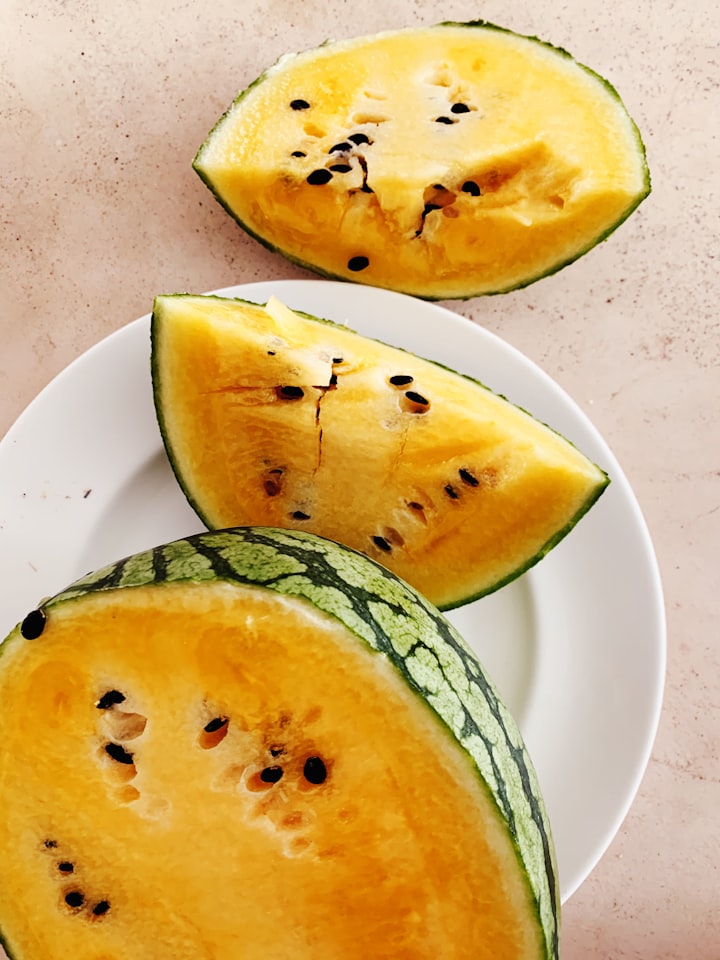5 Methods of Storing Valuables
Storing valuables can be tricky in your home. Follow these tips on effectively storing your valuables

It’s a safe bet that most people have at least one item that’s significant to them in some way. In some cases, the value is sentimental, while the value is often monetary. These items are those people most dread losing, and so measures are often taken in order to keep these items safe and secure. However, a given person’s needs and resources may be wildly different, and this will invariably affect the methods a person uses to store their valuables. Here are a few methods that can help you keep your valuable items safe that offer a wide range of prices.
A Vault
Perhaps the cream of the crop when it comes to valuable storage is the home vault. This option is almost certainly the most secure, but that security comes with a price tag. As you can imagine, cracking or penetrating a vault door is no easy feat, and it’s either very slow or very loud. A vault, being like a closet or a room behind an impenetrable door, is also a large and dedicated storage space, which puts it high on the list not for single items, but larger collections of valuables.
A Safe Room
A cheaper and less secure option is that of a safe room. Essentially, you can use a spare room, or even a closet, to use as a safe place to store valuables. You’ll need an unused space in your home with a door that has a lock. You can also hire a contractor if your home doesn’t meet these requirements. The location of the safe room is perhaps more important than that of a vault, as breaking the lock on a standard door can be done more easily. Therefore, you will want the additional security of the safe room being beyond or inside of a high traffic area in your home, such as your bedroom.
A Safe
The safe is like the vault's smaller sibling. In essence, they are both well protected, hard to crack steel boxes; however, a safe is typically much smaller. Some safes are fairly small, but many are of a size comparable to an adult human, so this is a flexible option that can accommodate a wide array of needs. Safes can be free standing, but they are also embedded into walls for additional protection, especially smaller safes that could be hauled away to be cracked at another location.
A Lockbox
A lockbox is a great option for someone with either fewer valuable items to store or less resources to invest in security. This is primarily due to the relative size of the lockbox to that of a dedicated room or vault. However, a lockbox is much more secure than its size would indicate, as its lock is likely to be more secure than that of many older doors. However, perhaps its biggest selling point is that it can easily fit in a variety of innocuous places around the house.
A Fake Power Outlet
A more recent invention, the fake power outlet safe is perhaps the least secure method on this list. However, what it lacks in security, it makes up for in stealth. The idea behind this method is that you can sacrifice one of the power outlets in your house to be a secret compartment that retains the external appearance of an outlet. Accessing it is, therefore, a matter of finding a screwdriver. However, it is theoretically undetectable without knowledge of its presence, rendering the ease of access a moot point in many cases. Another downside for this method is its size, as it must be a very small compartment to be hidden in this way.
Keeping one’s valuables secure is incredibly important to the average person. For items with monetary value, this is not only understandable, but also practical. However, even items with sentimental value are things people naturally cherish. While thieves may have little to no interest, it’s still important to protect these items from getting lost or damaged. With these tips at your disposal, you’re prepared to make a practical and cost effective decision when securing your valuables.






Comments
There are no comments for this story
Be the first to respond and start the conversation.